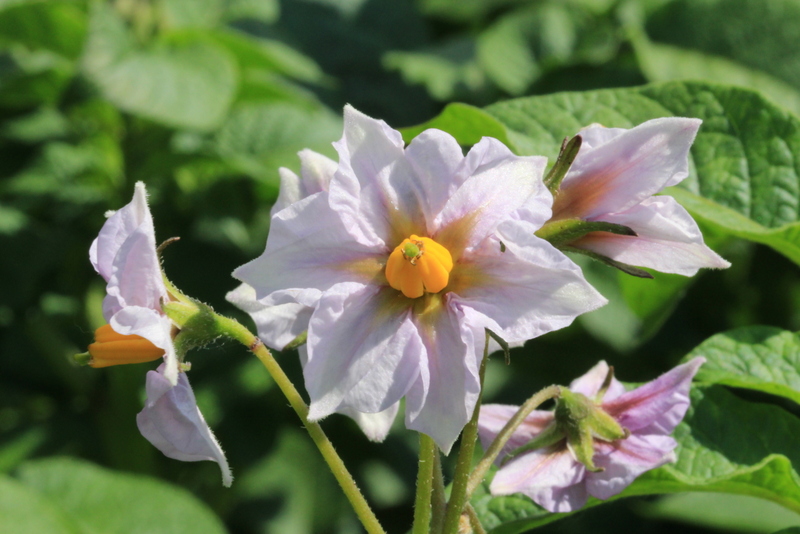Physiological Potato Seed Age Can Cause Emergence Problems
Potato seed is aged in two ways, chronologically and physiologically. The chronological age is the number of days that have passed since the tubers were harvested. The physiological age refers to the internal age of the seed as affected by biochemical changes that take place within the tuber. Potato tubers age at a greater rate when grown in stressful environments such as temperature stress, moisture stress, fertility stress, disease pressure, when stored under fluctuating temperatures or warm temperatures, and are bruised.
Growing conditions last year included warmer than normal temperatures and less precipitation, which increased the bruising of potatoes during harvest. These stresses increased the physiological age of potato seed, or reduced the typical number of days of dormancy. Physiological old seed that was not properly stored is easily recognizable. It has sprouts, sprout tubers or second growth, and/or it can be soft or dehydrated. Planting seed with these symptomologies can result in missing plants, slow emergence, multiple stems, and a non-uniform stand in the field. This ultimately will affect yield and tuber size distribution. To ensure uniform emergence, use certified potato seed that do not exhibit long sprouts or sprout tubers.





